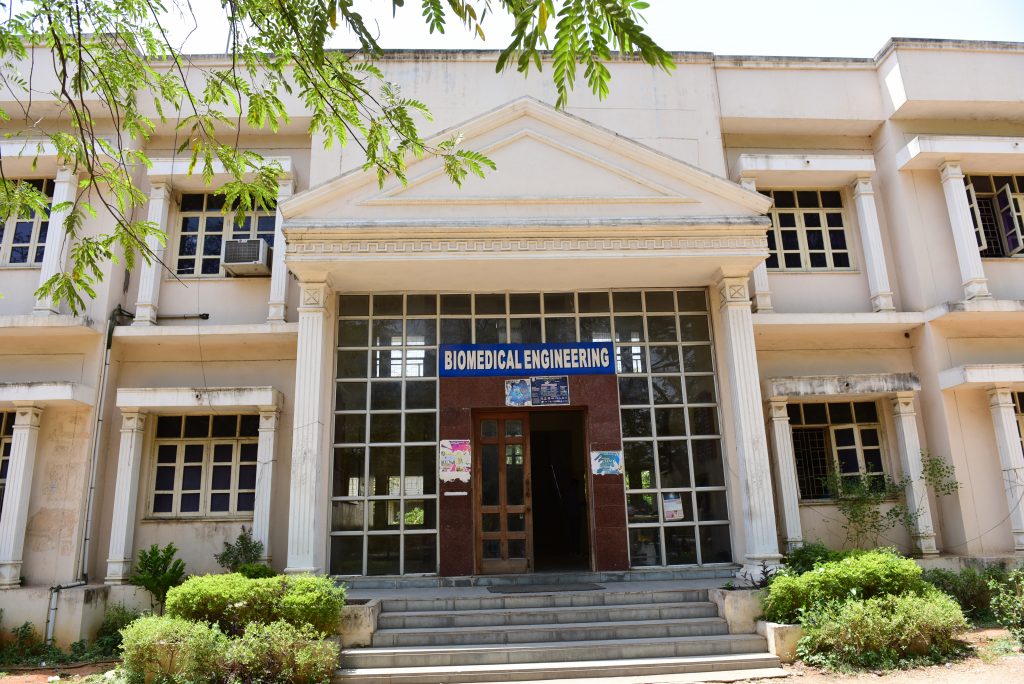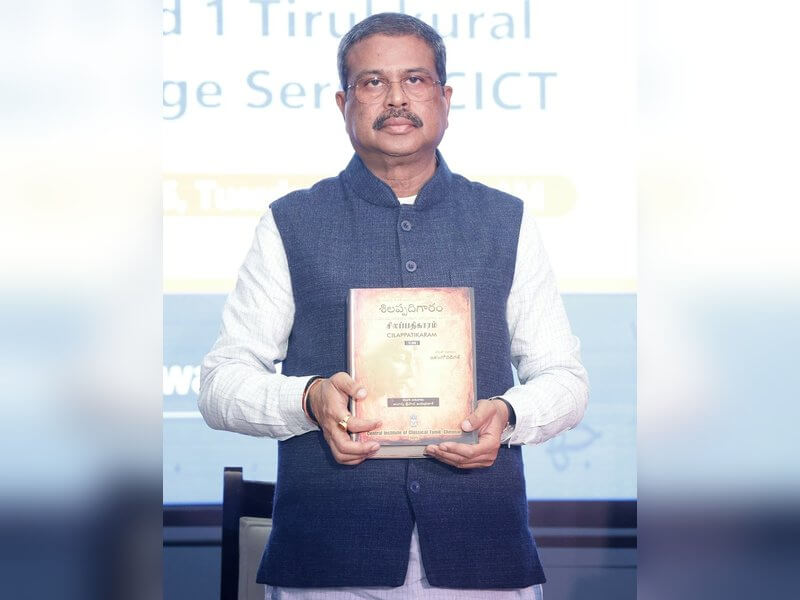Osmania University was first to introduce biomedical engineering
Wed 26 Apr 2017, 16:43:50

Hyderabad: Osmania University was the first in the country to introduce a course in Biomedical Engineering in 1982. The course then had a student strength of just 10, and classes were held in the Department of Electronics and Communication.
D C Reddy, former Vice-Chancellor of OU, was the brain behind starting the course and the first batch graduated in 1986.
“There wasn’t much research in the biomedical engineering field then. The main objective of the course was research activity,” said M Venkateshwara Rao, Head, Department of Biomedical Engineering.
In 1993, an exclusive department was formed which gave thrust to the course. In 1996, the department had enhanced the number of seats to 30 and it moved to its present premises in 1997.
Within a few years, a post-graduate programme in biomedical
electronics was started. Presently, the department offers bachelors, masters and doctoral programmes in biomedical engineering.
electronics was started. Presently, the department offers bachelors, masters and doctoral programmes in biomedical engineering.
The department is also credited with making a design of cryoprobe for pulmonary vein isolation, bladder volume detector, multipoint RF ablation for renal artery denervation and design and development of non-invasive hemoglobin count device. Both cryoprobe for pulmonary vein isolation and hemoglobin count device have gone for patent rights.
This apart, the faculty had designed and developed a computer-assisted prescription system that helps doctors at primary health centres and district hospitals in diagnosis and treatment of about 100 common ailments that afflict people. The faculty also developed import substitute instruments such as peripheral nerve stimulators, apnea monitors, bone growth simulators and dry steam sterilisers.
No Comments For This Post, Be first to write a Comment.
Most viewed from Edu and Jobs
AIMIM News
Latest Urdu News
Most Viewed
May 26, 2020
Can Lionel Messi's visit boost Indian football?
Latest Videos View All
Like Us
Home
About Us
Advertise With Us
All Polls
Epaper Archives
Privacy Policy
Contact Us
Download Etemaad App
© 2026 Etemaad Daily News, All Rights Reserved.

























.jpg)
.jpg)
.jpg)


